Daily Productivity Management: Reducing Labor Spend without Reducing Workforce
Top performing hospital leaders are always searching for innovative ways to reduce the cost of healthcare without adversely impacting care and services provided. Labor spend constitutes over half of total hospital expenses and is widely considered the most controllable expense, leading to employee furloughs and layoffs in the current environment. However, there are alternatives.
Daily productivity management is considered an industry best practice because it requires no change to patient ratios, budgeted productivity targets, or compensation. A successful strategy ensures that leaders have access to daily productivity metrics, such as hours per patient day, and holds them accountable to their department labor productivity budget. This supports patient care, staff engagement, and hospital finances by ensuring the right staff are in the right place at the right time.
Components of Effective Daily Productivity Management
Daily productivity management includes two primary components: increased performance visibility through daily reporting and managing improvement through action plans aimed to remedy missed targets. Daily performance reports should be reviewed by both hospital and department leaders. The productivity action plan and associated coaching conversations should be managed by the leader responsible for labor spend, often the Chief Financial Officer or a delegate, and facilitate both support and accountability for department leaders.
Increasing productivity performance visibility through daily department level reporting
Daily, biweekly, and monthly productivity performance by department should be readily available for review by both C-suite and department leaders. While all department leaders should review results daily, high performing hospital executives hold daily meetings in their office for department leaders performing below 95% productivity. Reports should minimally include actual volume and actual productive hours, % overtime and agency utilized, and variance to budget both in dollars and hours or FTEs.
Top tip: Reporting variances in FTEs helps the user more quickly comprehend the impact of the variance in 24/7 operations. Highlighting departments who perform 95% or more below target allows for opportunities to be communicated quickly to C-suite leaders for intervention.
Providing leaders with trended departmental performance over a two-week period brings more visibility around opportunities to improve. For example, while a department may miss their goal consecutively, they may be trending in the positive direction.
Developing department-level action plans to create a structure of support and accountability
Developing a support and accountability structure requires department-specific action planning based on performance. The purpose of the action plan is to ensure that department leaders are thinking ahead and developing realistic strategies to align with their department’s productivity goal. When reviewing daily performance data, a department may make adjustments that impact performance, driving long term improved productivity. A successful action plan displays consecutive performance for each department and requires a detailed action-oriented plan to resolve the variance, as opposed to an explanation for variance.
Top tip: Indicate positive or negative changes visually, for quick identification of departments with opportunity. Ensure ineffective action plans are not recycled, as departments should take action that will impact productivity performance.
The action plan tracking template should be managed by the executive staffing leader, typically the Chief Financial Officer or delegate. This leader determines criteria for departments to complete an action plan and ensures plans are completed, typically through regular face-to-face meetings with department leaders with poor productivity performance. The goal of these meetings is to support improvement through education and problem solving, with executive intervention if necessary.
The criteria for requiring an action plan varies based on the organization’s goals but is typically required for all departments with performance below 95%. However, in times of financial stress, some departments are required to operate at or above 105%. Regardless of the criteria, regular results reporting and action planning drives results by ensuring department leaders are informed of performance requiring improvement.
Action plans ensure that team members are focused on making meaningful improvements, while meetings with leadership provide space for accountable coaching conversations with departments that continue to miss their productivity goal.
Supporting staff through education
Best results are achieved in organizations that support staff through productivity education. It is imperative that all leaders, including charge nurses, understand how productivity metrics are calculated and their department productivity goals.
Top tip: Complete the exercise of creating an action plan alongside new leaders to facilitate understanding
To demonstrate the potential impact of implementing a culture of daily productivity, one of our clients, a 250 bed hospital, saved $1.5M in one year by implementing daily productivity management without altering productivity targets or reducing workforce.
While establishing the foundation of a daily productivity management strategy takes time, in our experience, hospital leaders have seen surprising savings and engaged department leaders as a result of the implementation.





